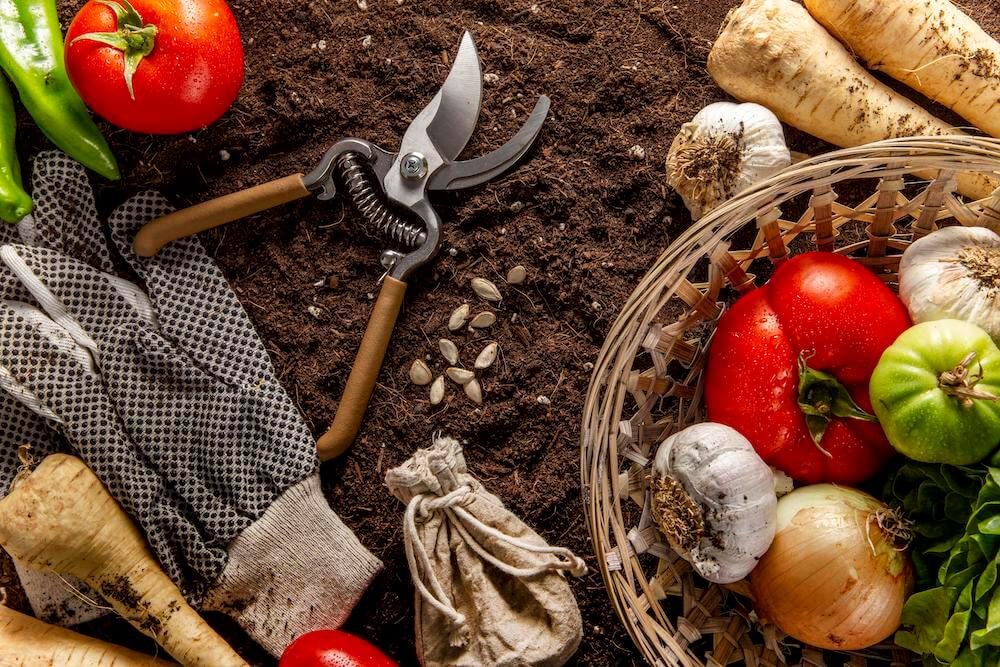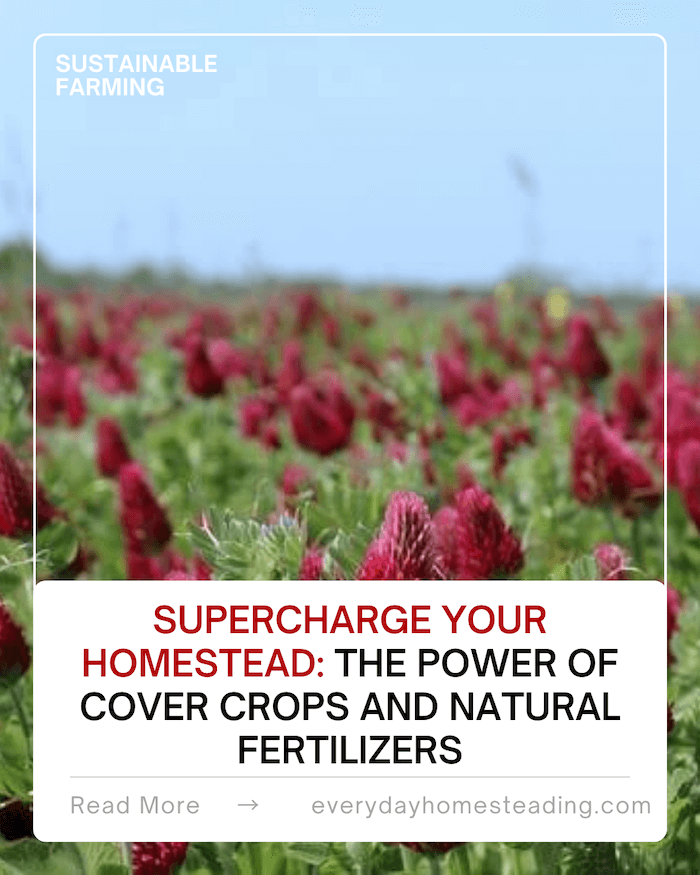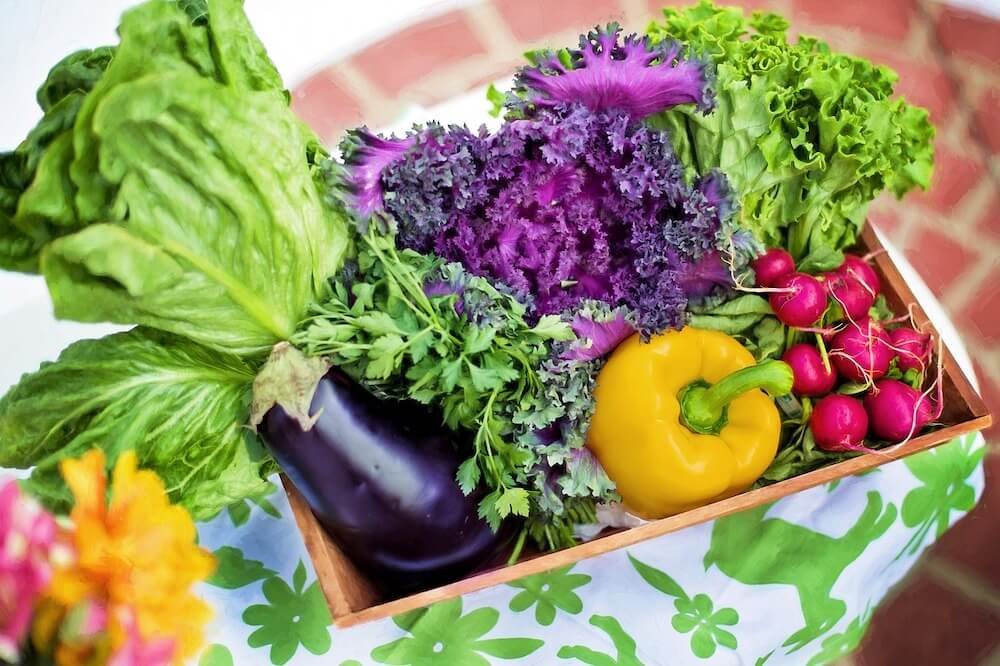Banana Peels Fertilizer: The Secret Superfood for Your Garden

I’m always on the lookout for natural, sustainable ways to nourish my plants and enrich my garden’s soil. Do you want to know one of my secret weapons that never fails to deliver impressive results? Banana peels fertilizer.
That’s right – those humble banana peels that often end up in the compost bin or trash can are actually a powerhouse of essential plant nutrients. Packed with potassium, phosphorus, magnesium, and more, banana peels make an excellent, all-natural fertilizer that can work wonders for the health and productivity of your homegrown fruits, veggies, and flowers.
Best of all, transforming those peels into a nutrient-rich soil amendment couldn’t be easier. Whether you choose to compost them, steep them into a “tea”, or bury them directly in the soil, banana peels are a versatile, cost-effective way to supercharge your plants without relying on harsh synthetic fertilizers.
So, if you’re ready to unlock the full potential of your homestead’s bounty, read on to discover the magic of homemade banana peel fertilizer.
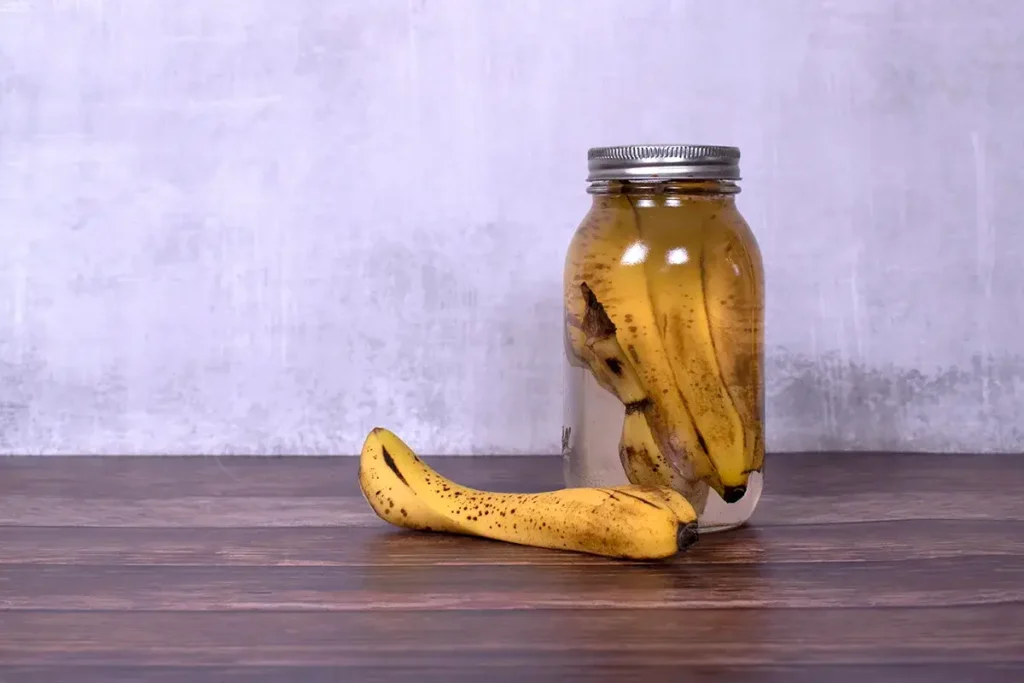
The Nutrient-Dense Benefits of Banana Peels
At first glance, banana peels might not seem like the most glamorous of garden amendments. But dig a little deeper, and you’ll uncover a treasure trove of essential plant nutrients.
Potassium: Bananas are particularly rich in potassium, a crucial macronutrient that plays a vital role in overall plant health. Potassium helps strengthen cell walls, improve drought tolerance, and enhance a plant’s ability to fight off pests and diseases.
Phosphorus: Another key macronutrient found in banana peels is phosphorus. This nutrient is essential for root growth, flower and fruit production, and energy transfer within the plant.
Magnesium: Banana peels also contain magnesium, which aids in chlorophyll production for vibrant green foliage. Magnesium also helps plants absorb other important nutrients more effectively.
Beyond these primary macronutrients, banana peels also supply smaller amounts of nitrogen, calcium, and sulfur – all of which are important for balanced plant nutrition.
The best part? These nutrients are delivered in a slow-release, organic form that won’t overwhelm or “burn” your plants like harsh synthetic fertilizers can. Instead, the nutrients in banana peels are gradually made available to your plants as the peels break down in the soil.
4 Easy Ways to Use Banana Peels as Fertilizer
Ready to put the power of banana peels to work in your homestead garden? Here are four simple, effective ways to incorporate this homemade fertilizer:
- Compost Them: Chop up or blend banana peels and add them to your compost bin. As the peels break down, they’ll release their nutrients into the compost, which you can then use to enrich your garden beds.
- Make a Banana Peel “Tea”: Chop or blend 2 banana peels and put them in a gallon of water for 24-48 hours. Strain out the solids and use the nutrient-rich “tea” to water your plants. This provides an instant boost of nutrients.
- Bury Them Directly: Simply bury whole or chopped banana peels a few inches deep around the base of your plants. As they decompose underground, the nutrients will slowly leach into the soil.
- Dry and Grind Them: Dry out banana peels in the sun or oven, then grind them into a powder. Sprinkle this “banana peel dust” around your plants or mix it into the soil.
No matter which method you choose, be sure to use banana peels in moderation. While they are an excellent natural fertilizer, too much can lead to an imbalance of nutrients in the soil. Start with small amounts and observe how your plants respond.
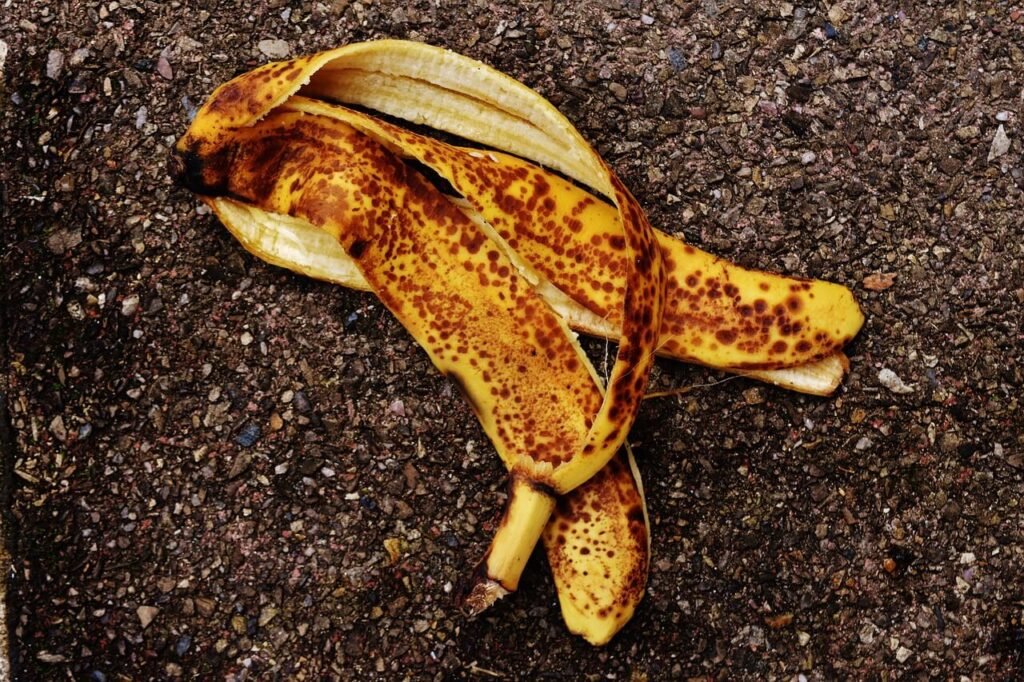
Banana Peel Fertilizer in Action
Don’t just take my word for it – banana peel fertilizer has a long history of delivering impressive results for gardeners and farmers alike. Here are just a few examples of its transformative power:
- Tomato growers have reported larger, juicier fruits when burying banana peels around their tomato plants.
- Roses and other flowering plants thrive when given a regular “banana peel tea” treatment, producing more vibrant blooms.
- Houseplant owners have revived lackluster plants by mixing banana peel powder into the soil.
- Vegetable gardeners have seen dramatic increases in yields when incorporating banana peels into their compost.
The versatility and effectiveness of banana peels make them a must-have item in any sustainable gardener’s toolkit. So next time you peel a banana, don’t toss those peels – put them to work nourishing your plants!
Cultivating a Thriving, Nutrient-Rich Homestead
As homesteaders, our goal is to create a self-sustaining, regenerative oasis that nourishes both our families and the land. And by harnessing the power of natural fertilizers like banana peels, we can do just that.
Not only do banana peels provide an abundance of essential plant nutrients, but they also help build healthy, living soil that supports a diverse ecosystem of beneficial microorganisms. This, in turn, leads to more resilient, productive plants that require fewer external inputs and less maintenance.
It’s a beautiful, closed-loop cycle – one that aligns perfectly with the principles of sustainable homesteading. So why not let those humble banana peels work their magic in your garden? Your plants (and your wallet) will thank you.




